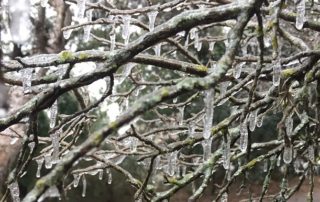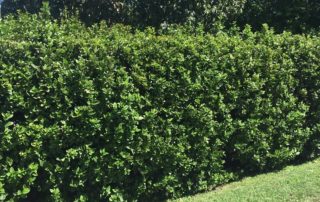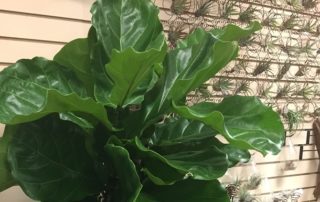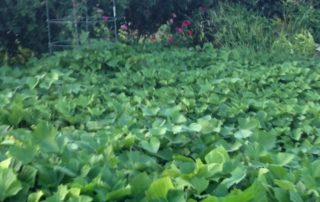Preparing for a Freeze
Preparing for a Freeze Winter temperatures in Central Texas can be unpredictable. Knowing what we need to protect and how to protect it is the “all important” question. Obviously, we need to protect any tropical plants in pots if a freeze of any kind is expected. We have a blog that covers that. Click HERE to learn more about protecting tropical plants. Every situation will be a bit different, so I will try to simplify it as best as I can. General Information: *Well-hydrated plants are usually more tolerant of [...]












